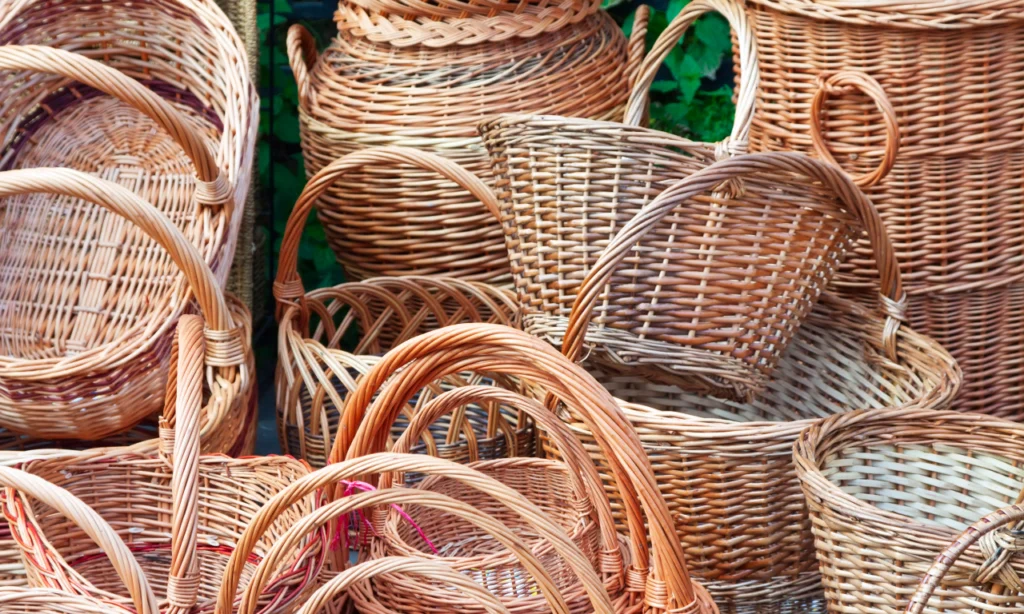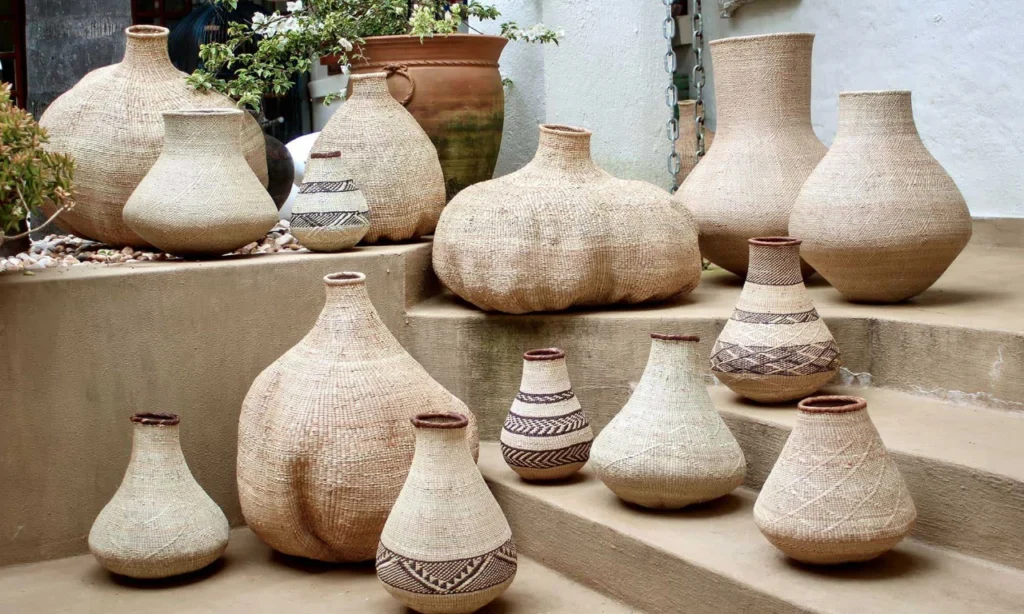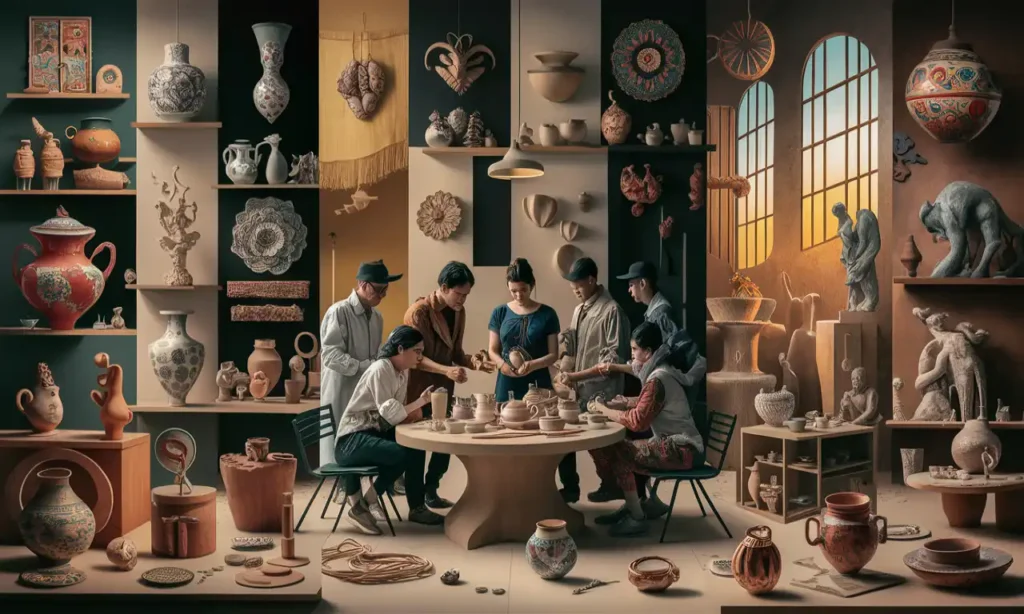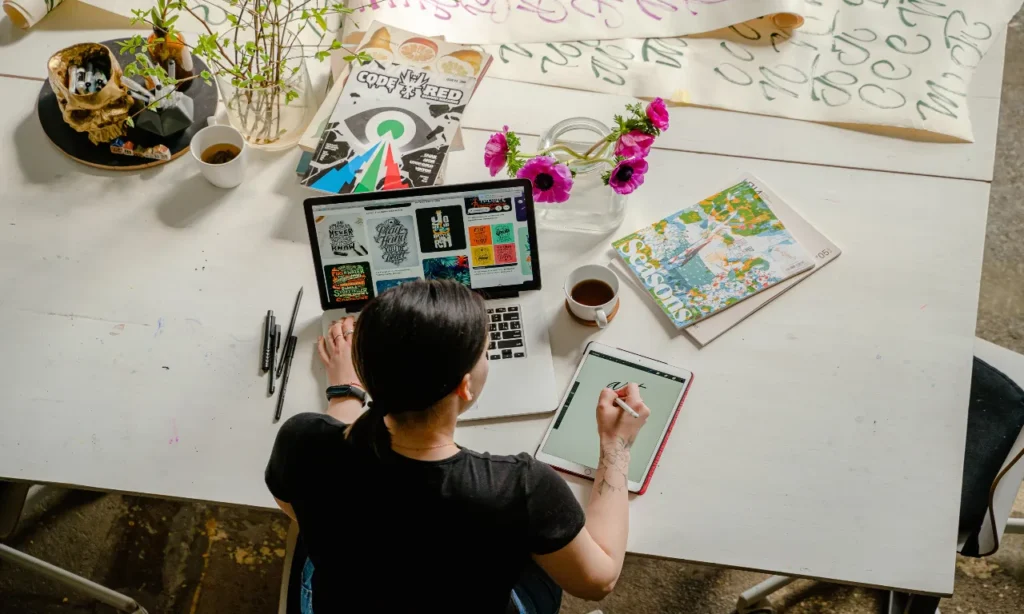Introduction
A vibrant industry that combines innovation and tradition is the marriage of handicrafts and contemporary art. A growing respect for tactile, handcrafted, and culturally rich creations is shown by the comeback of handicrafts in contemporary art, despite the dominance of digital and mass-produced art. With an emphasis on the reinterpretation of craftsmanship, cultural exchange, sustainability, community involvement, and its influence on the art industry, this essay investigates the place of handicrafts in contemporary art.
Changing the Meaning of Craftsmanship

By fusing fine art with traditional crafts, modern artists are reinventing craftsmanship. Conceptual art is being produced using methods such as weaving, needlework, and ceramics, which are questioning conventional ideas of great art. These methods are employed by artists like Sheila Hicks and El Anatsui to create visually arresting pieces with rich cultural meaning.
Conversation and Preservation of Cultures

By incorporating traditional methods into contemporary settings, handicrafts in contemporary art promote cross-cultural communication and cultural preservation. By addressing social and political themes through their crafts, artists such as Ai Weiwei and Grayson Perry bring traditional knowledge up to date for modern audiences and start a global dialogue about cultural narratives.
Accepting Ethical and Sustainable Practices

The incorporation of handicrafts encourages ethical and sustainable artistic activities. Because these crafts are created, they frequently use environmentally friendly materials and techniques, providing an alternative to the negative effects of mass production on the environment. Sustainable artists encourage environmental stewardship and the economic viability of their craft by using natural, local resources.
Community Engagement and Empowerment

Handicrafts in contemporary art can engage and empower communities through collaborative projects. These initiatives involve local artisans and communities in the creation process, fostering a sense of ownership and pride. Projects like Theaster Gates’ community-driven art in Chicago show how art can drive social change and community development.
The Impact on the Art World

Handicrafts in contemporary art challenge traditional art world hierarchies and expand its boundaries. This integration encourages a reevaluation of artistic value and excellence, recognizing the skill and creativity in traditional crafts. Exhibitions and institutions are increasingly showcasing works that blend handicrafts with contemporary art, celebrating this hybrid form.
Conclusion
Handicrafts in contemporary art represent a meaningful blend of tradition and innovation. By redefining craftsmanship, fostering cultural dialogue, promoting sustainability, engaging communities, and impacting the art world, this intersection celebrates the richness of human creativity. As contemporary artists continue to explore traditional crafts, they preserve cultural heritage while paving the way for new artistic expressions.




